10 million rubles for library modernisation and 3 thousand per year for books
Book industry has been discussed at the final board meeting of the Russian Ministry of Culture
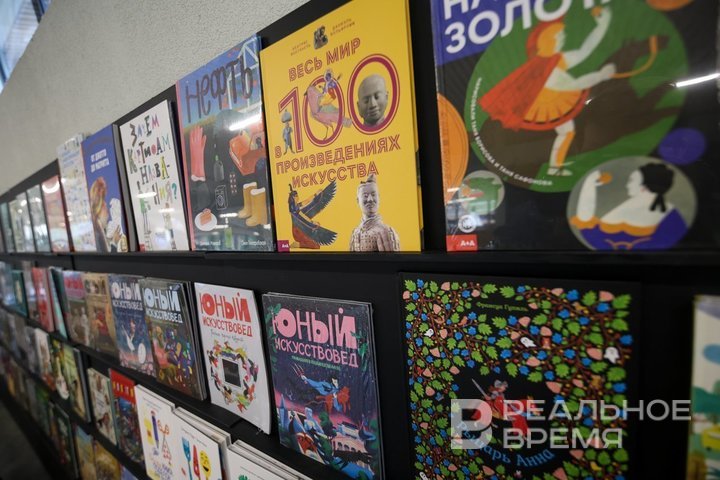
Last week, the Russian Ministry of Culture summed up its work for 2024. Realnoe Vremya has already reported on the overall figures. But alongside theatres, leisure institutions, and national projects, the board meeting also discussed the book industry. Minister of Culture Olga Lyubimova and Director General of the Russian State Library (RSL) Vadim Duda presented the figures, while president of the Russian Book Union Sergey Stepashin made proposals. Read more in the report.
Thirty-two books per library per year
According to Olga Lyubimova, in 2024 the size of federal budget subsidies allocated to regions for the acquisition of book collections in municipal and state public libraries amounted to 645.5 million rubles. According to data from the Russian National Library, there were 41,448 libraries in the country in 2024. If all libraries received funding, this averages out to 15,573.73 rubles per library. The Minister of Culture also reported that libraries purchased 1.33 million items with the allocated funds. The average price per book for libraries was therefore 485.34 rubles — slightly below the retail average of 510.7 rubles in 2024. Thus, on average, each library acquired 32 books per year.
In 2019, the Russian Ministry of Culture launched a project for the restoration and conservation of book monuments as part of the national project “Culture.” Since then, these book monuments have been digitised, catalogued, and preserved as much as possible. Regional centres for conservation and restoration have also been established based at central libraries in various cities across the country. Last year, the Russian State Library, with support from the Ministry of Culture, opened four new regional conservation and restoration centres in Yakutsk, Volgograd, Saransk, and Novosibirsk. Currently, there are ten regional centres in Russia (Nizhny Novgorod, Ryazan, Izhevsk, Krasnoyarsk, Voronezh, Kirov among them). By 2030, the number is expected to reach forty.
In addition to book restoration, the Ministry of Culture is also developing the National Electronic Library (NEL). Essentially, this is a federal state information system created with the participation of major libraries, museums, archives, and rights holders. Its mission is to establish a unified Russian electronic knowledge space and provide users with access to digitised documents, including rare and valuable editions, manuscripts, dissertations, monographs, sheet music, cartographic publications, patents, and periodicals. The project began in 2003, was officially launched in 2008, and has been developing as a state system since 2012. By the end of 2024, the total number of visits to the NEL portal exceeded 24 million.
“Renaissance of the library network”
The topic of library development was continued by Russian State Library General Director Vadim Duda. “We are witnessing a renaissance of the library network. We have stopped losing libraries. They are being added to our professional network,” Duda began his presentation of the statistics. According to him, a total of 3.8 million items of books and periodicals were added to library collections, of which 3.5 million were books.
The Russian President’s decree of 7 May 2018, under the national project Culture, provides for the annual modernisation of 110 libraries across the country. Duda noted that this target has been consistently exceeded. In 2024, 149 libraries were modernised. However, it is worth noting that in previous years the figures were significantly higher: 305 in 2021, 239 in 2022, and 230 in 2023. By the end of last year, Russia had a total of 1,229 model libraries across 87 regions. The model library is a modern format of a municipal library, which also includes an intellectual education centre with a comfortable and functional space, contemporary design, and a wide range of services. While retaining the primary function of book storage, these libraries undergo a radical transformation in atmosphere and activities: they become centres of education, culture, leisure, and community interaction.
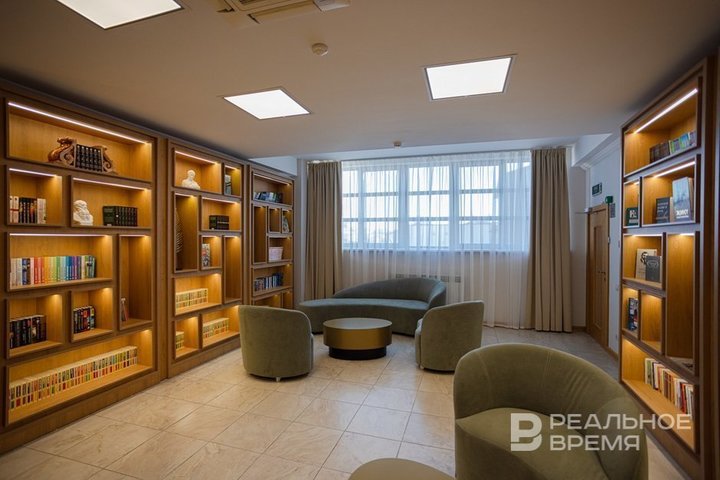
Regarding funding for library modernisation, more than 12 billion rubles were spent in total from 2019 to 2024. Of this, 72.7% came from federal funds, 18.3% from municipal financing, 8.4% from regional sources, and 0.6% from sponsors. According to Duda, the latter amounted to around 20 million rubles.
Since the launch of the national project Culture in 2019, library attendance has increased by 55%, although Duda believes the figure is “much higher.” The number of registered users grew by 9.6%, and the number of documents issued from the collections rose by 22%. It should be noted that these comparisons are made relative to the year prior to the modernisation of each individual library and up to 2023 inclusive. Data for 2024 will only be available in the first quarter of 2026.
Between 2019 and 2024, several libraries were modernised outside the national project Culture. Over five years, 516 municipal libraries with new designs and concepts opened in 45 regions. “Federal investments served as a trigger for increasing regional investments,” noted the director general of the Russian State Library.
In 2025, libraries became part of the federal project “Family Values and Cultural Infrastructure” within the national project “Family”, which is planned to run until 2030. Key objectives include supporting reading and the comprehensive development of families, children, parents, and the “silver” generation. As part of this project, 272 municipal libraries across 79 Russian regions will be upgraded to model standards this year. Of these, 159 are small libraries and 113 are central libraries. The total federal budget amounts to 2.835 billion rubles, averaging 10.42 million rubles per library upgrade.
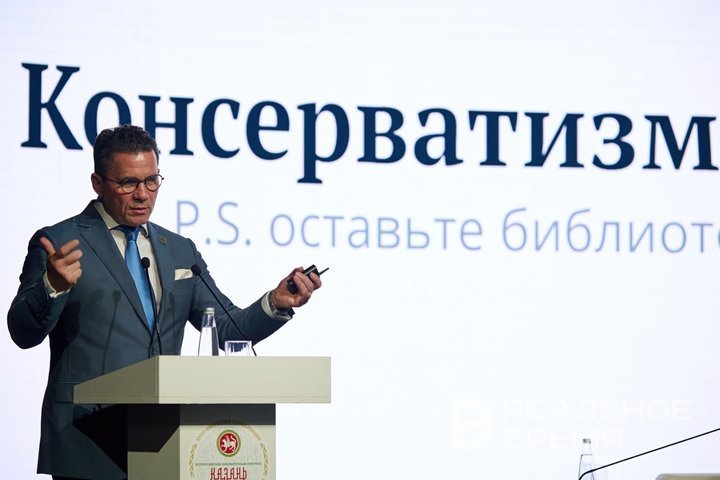
“For several years, we have witnessed that the best libraries in a region are not the central libraries of the subject, but the model libraries. Central libraries have always served as support and methodological centres for preserving the library network. Starting this year, there will be an opportunity to modernise central libraries as well, through participation in the ‘Best Library Practices’ competition,” said Vadim Duda.
He also noted that this year a system for monitoring library collections has already been launched. “It is important to understand exactly what enters the library collections and how this aligns with Decree No. 809 and the priorities of our country,” Duda added. Vadim Duda spoke about the content of library collections last year at the All-Russian Library Congress in Kazan, when he took office as president of the Russian Library Association. At that time, Duda proposed organising “cleansings” of library collections and shaping them “in the interests of the authorities.”
“Here’s a coin for you, dear”
Sergey Stepashin, president of the Russian Book Union (RBU) and member of the Ministry of Culture of Russia’s board, addressed a sensitive issue for the book industry — children’s literature. Following a scandal over the review of children’s books, a mini-war erupted over who would oversee these reviews and children’s literature in general. “Quite recently, Vladimir Vladimirovich [Putin] supported us, and we established an expert council on children’s literature. Elena Yampolskaya was appointed its head,” Stepashin said. The expert council was created in April this year at the RBU congress. Its first meeting took place on 15 May.
The expert council includes children’s and youth writers, methodologists, representatives from publishing houses, educational and scientific organisations, federal and regional libraries, as well as officials from the Ministry of Education, Ministry of Culture, and Ministry of Digital Development. Its main areas of activity are:
- Assisting children and their families in selecting quality children’s literature with high artistic and moral value;
- Conducting expert reviews of published children’s literature and working systematically with authors;
- Promoting family reading;
- Modernising and replenishing school library collections;
- Engaging contemporary children’s authors in preparing educational materials for Russian language and literature reading in primary schools;
- Creating and supporting a unified platform for the development of children’s literature in Russia.
It is not entirely clear how the work of the new expert council will differ from that of the International Board on Books for Young People (IBBY), which has operated in Russia since 1968.
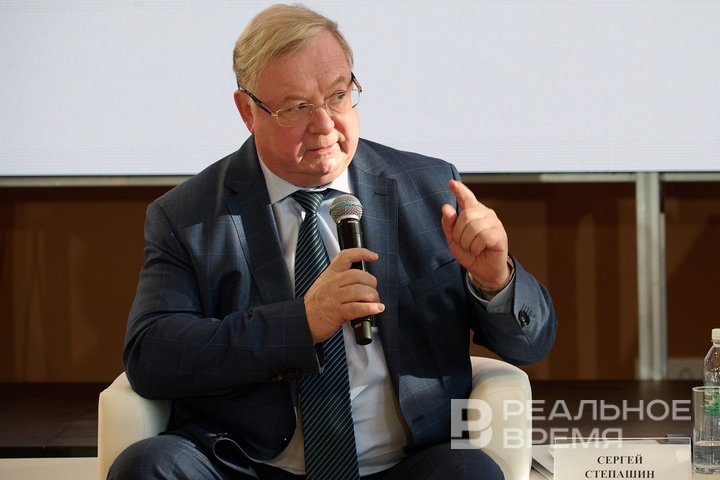
“The president supported us at the meeting of the Council for the Support of the Russian Language to create a new scheme. Elena Yampolskaya named it the ‘Golden Key.’ Under this scheme, every family with a child will be able to receive 3,000 rubles annually to purchase [children’s] books. We have negotiated with all the major publishers to ensure that books will cost no more than 270 rubles,” Stepashin explained. The initiative is akin to the ‘Pushkin Card,’ but it will be exclusively for the purchase of children’s literature.
The Pushkin Card, introduced in 2021, allows young people to attend cultural events funded by the federal budget. The idea of special cards for purchasing books first emerged in 2021 and has since received support, including from the Ministry of Culture. The program’s goal is to make children’s literature accessible to all children, foster an early interest in reading, and support publishers and authors of children’s books.
The card is planned to be issued to families with children aged 3 to 6, with each child receiving their own card upon turning three. Books available for purchase with the card will be selected by experts — writers, child psychologists, and early childhood education specialists. At the Council for the Support of the Russian Language, Vladimir Putin noted that publishers wishing to participate in the program should ensure that a child can buy at least 10 books for the 3,000-ruble amount.
A card with a denomination of 3,000 rubles is better than nothing. But still closer to nothing. In 2024, the average price of a children's book was approximately 600 rubles. Usually, these are books for teenagers, where the main focus is on the text, with black-and-white illustrations and low-quality paper. Quality children's books with illustrations usually cost from 1,000 rubles, with an average price of about 1,500 rubles. For publishers to be able to participate in the Children's Book Card program, they will have to economize heavily. Primarily on paper and illustrations. Will parents want to buy their children a book that soils their hands like a newspaper, with pictures generated by a neural network? A big question.
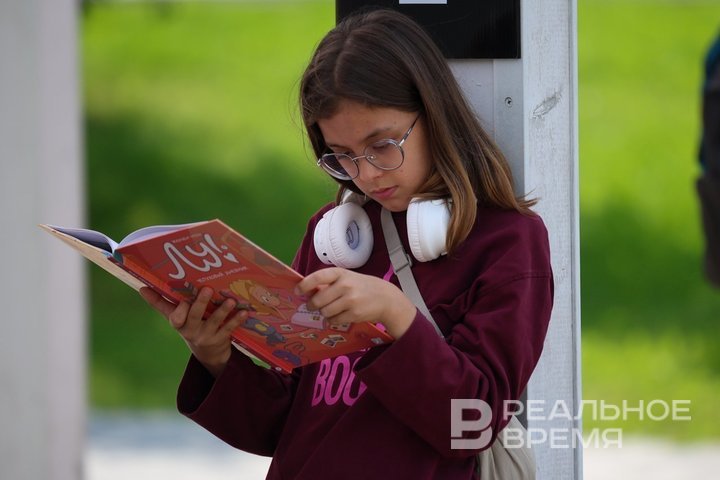
Continuing the topic of children's literature, Stepashin directly addressed Tatyana Golikova and proposed abolishing VAT on children's books. The president of RKS emphasized that “we will not even notice the loss in the budget," and the measure will help make children's literature more accessible for families. Golikova gave no response to this. By the way, at SPIEF 2025, the well-known public figure Mikhail Shvydkoy also supported this initiative. In his opinion, abolishing VAT will help curb price growth and reduce the burden on readers.
Currently, printed publications are subject to VAT at a rate of 10% for periodicals and books related to education, science, and culture, while for other books the rate is 20%. However, children's literature is not included in the preferential list, which increases its cost for buyers. Incidentally, several countries around the world apply a zero VAT rate (or VAT exemption) on books in general. For example, in the European Union, the UK and Ireland apply zero VAT on printed books, while most EU countries have reduced rates, and Denmark and Bulgaria apply the full standard VAT. In Latin America, most countries (except Chile) have set a zero VAT rate on printed books. In Africa, eight of the 13 countries studied by the International Publishers Association have zero VAT on printed books. In Asia, the zero VAT rate on books is less common, but there are countries with reduced rates. In the United States, there is no federal VAT, but some states impose their own sales taxes, with books being taxed at different rates or exempted. Japan does not have VAT, but instead has a sales tax (10%), which may vary in rates for different goods.
Ekaterina Petrova — a literary reviewer for Realnoe Vremya online newspaper and the host of the Telegram channel Buns with Poppy Seeds (Bulochki s Makom).